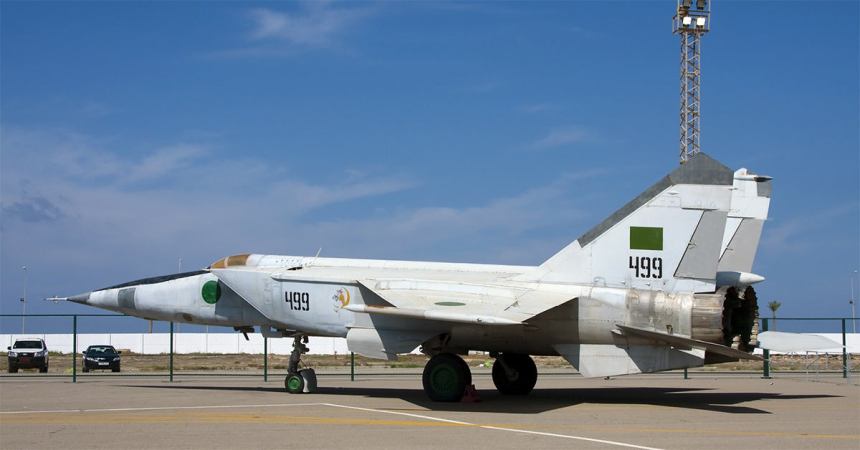For 25 years, the F/A-18 Hornet/Super Hornet family has been the backbone of carrier aviation for the United States Navy. These planes have also seen some success in the export market, making the F/A-18 a classic that’ll be around for decades to come. However, if Congress had its way in the 1970s, this plane likely wouldn’t have existed.
In the wake of the Vietnam War, the United States was looking to develop fighters that would make quick work of Soviet designs. Although U.S. planes were scoring kills more often than they were being shot down, the ratio wasn’t favorable enough. So, the Lightweight Fighter program was born.
Congress, in its infinite wisdom, told the Navy and Air Force that both would buy the winner of this developmental competition. The Air Force liked the eventual winner, which became the classic F-16, but the Navy favored the runner-up: the YF-17 Cobra. Luckily, the Navy didn’t fold to the whims of Congress.

The two contenders in the Lightweight Fighter fly-off, the YF-16 Falcon (which became the classic F-16) and the YF-17 Cobra.
(USAF)
The YF-17 Cobra had two engines, as opposed to the one of the YF-16. For carrier pilots, who have a lot of ocean to fly over, this was extremely appealing. With two engines, you have a backup in case one goes bad. In a single engine-plane, failure means it’s time to pull the loud handle and eject.
The Cobra also had awesome performance: A top speed of Mach 2, four pylons on the wings for air-to-air or air-to-ground weaponry, a centerline pylon for bombs or an external fuel tank, a 20mm M61 cannon, and the ability to carry two AIM-9 Sidewinders on the wingtips. Not only was this a faster plane than the Hornet, it also had a longer maximum unrefueled range of 2,800 miles.

The YF-17, though, served as the basis for the classic F/A-18 Hornet.
(USMC photo by LCPL John McGarity)
The lower cost of operation, greater range, and high performance struck a chord with the Navy. They teamed up with Northrop and McDonnell-Douglas, the makers of the YF-17, to refine the design and turn it into the multirole fighter they really wanted. This fighter was the F/A-18 Hornet.
Learn more about the forerunner to one of the Navy’s very best fighters the video below!


















